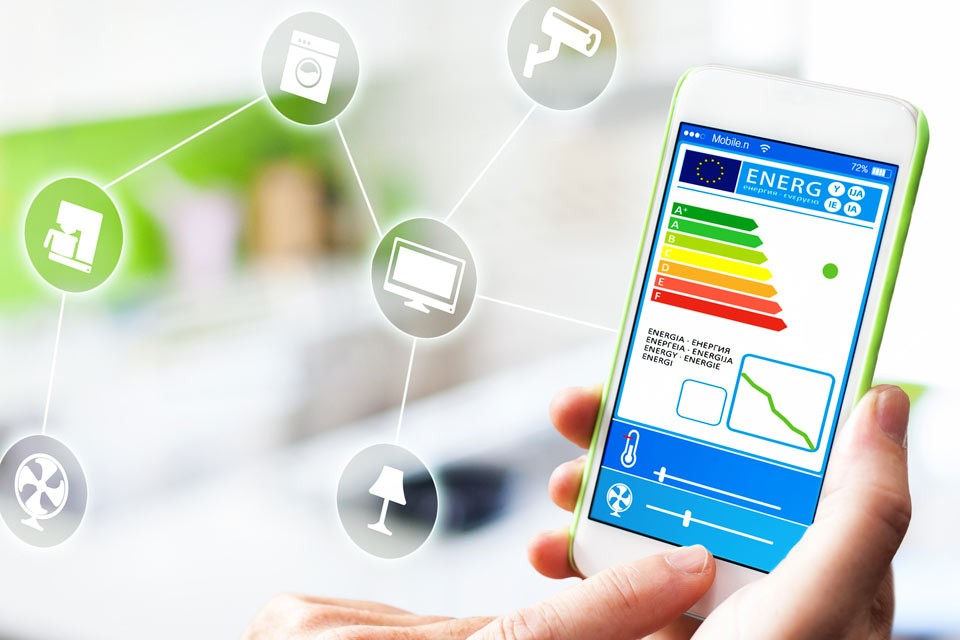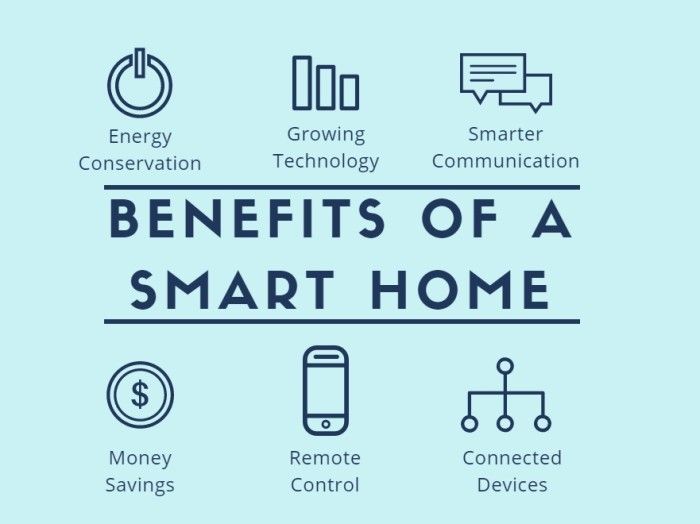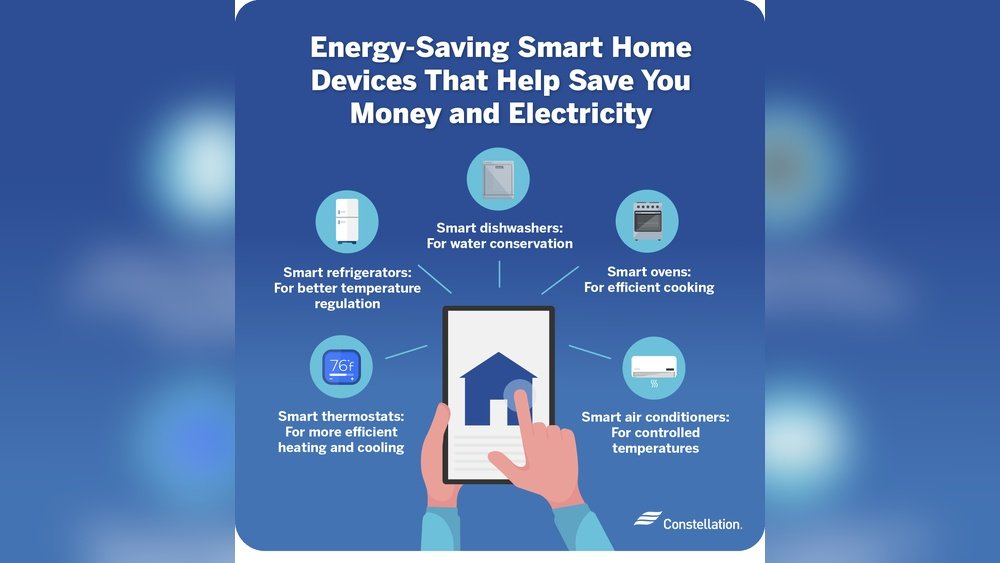Imagine cutting your energy bills without changing your daily routine. What if your home could learn your habits and adjust power use automatically?
Also Read
Smart home energy savings make this possible. By using simple, affordable technology, you can take control of your energy use, save money, and help the environment. Ready to discover how small changes in your home can lead to big savings?
Keep reading to unlock easy tips and tools that put you in charge of your energy future.
Benefits Of Smart Home Energy Systems
Smart home energy systems bring many advantages for homeowners. They help save money, protect the environment, and make daily life easier. These systems use smart devices and technology to control energy use efficiently.
By managing energy smartly, these systems reduce waste and improve comfort. They adjust settings based on your habits and needs. This means you get the right energy at the right time without extra effort.
Lower Utility Bills
Smart home systems cut down energy use significantly. They switch off devices when not needed. This reduces electricity consumption and lowers bills. Smart thermostats learn your schedule and adjust heating or cooling automatically. Lights turn off in empty rooms to save power. Small changes add up to big savings over time.
Environmental Impact
Using less energy means fewer fossil fuels burn. This lowers greenhouse gas emissions. Smart systems help reduce your carbon footprint. They encourage cleaner energy use by integrating solar panels or batteries. Saving energy at home supports a healthier planet. Everyone benefits from reduced pollution and better air quality.
Enhanced Comfort And Convenience
Smart energy systems make life simpler and more comfortable. You control devices remotely via smartphone apps. Heating and cooling adjust to your preferences without manual changes. Lights can dim or brighten based on your mood. These systems create a cozy, personalized home environment. Convenience meets energy efficiency perfectly.
Key Smart Devices For Energy Savings
Smart devices help reduce energy use and lower bills at home. They make managing energy easy and efficient. These tools adjust settings automatically. They save power without losing comfort. Understanding key smart devices helps you choose the right ones for your home.
Smart Thermostats
Smart thermostats learn your schedule and adjust heating or cooling. They keep your home comfortable and save energy by avoiding waste. You can control them from your phone. This means no need to leave heating or cooling on all day.
Energy-efficient Lighting
Smart lighting uses LED bulbs that consume less power. These lights turn off or dim automatically when rooms are empty. You can set schedules or control lights remotely. This reduces electricity use and extends bulb life.
Smart Plugs And Outlets
Smart plugs let you control devices remotely. They cut power to electronics when not in use. This stops phantom energy drain from devices left plugged in. Scheduling appliances to run only when needed saves more energy.
Home Energy Monitors
Energy monitors track your home’s electricity use in real time. They show which devices use the most power. This helps identify wasteful habits and areas to improve. You can make smart changes to lower your energy bills.
Optimizing Heating And Cooling
Optimizing heating and cooling is key to saving energy in smart homes. It helps lower bills and keeps your home comfortable. Smart devices adjust settings automatically. This reduces wasted energy and improves efficiency.
Automated Temperature Control
Smart thermostats learn your daily routines. They change temperatures without you touching a button. Warmer or cooler air flows only when needed. This stops energy waste during empty hours. You get comfort and savings at once.
Zoning Systems
Zoning lets you control temperatures in separate rooms. Each zone has its own thermostat or sensor. Heat or cool only the rooms you use. This avoids heating or cooling empty spaces. Zoning cuts energy use and saves money.
Seasonal Adjustments
Smart systems adjust settings based on seasons. They keep homes cooler in summer and warmer in winter. Settings change with outdoor temperature and sunlight. Seasonal tweaks keep energy use low year-round.

Credit: www.wespeakiot.com
Smart Lighting Strategies
Smart lighting is a key part of saving energy at home. It helps reduce electricity use without losing comfort. Modern lights and controls offer many ways to cut energy waste.
Using smart lighting strategies can lower your bills. It also makes your home more convenient and safe. Here are some easy ways to use smart lighting for energy savings.
Motion Sensors And Timers
Motion sensors turn lights on only when someone is in the room. They switch off lights automatically after no movement. This stops lights from staying on by mistake.
Timers let you set lights to turn on or off at specific times. For example, lights can go off during the day or late at night. This avoids wasting energy when lights are not needed.
Dimmable And Color-changing Bulbs
Dimmable bulbs adjust brightness to match your needs. Lower brightness uses less power and creates a cozy mood. Color-changing bulbs can also shift hues to fit your activity or time of day.
Both types help save energy by reducing unnecessary light. They offer flexibility to use just the right amount of light.
Scheduling And Remote Control
Scheduling lets you plan lighting times for different rooms. Lights can turn on before you arrive home or off when you leave. This keeps energy use efficient and fits your daily routine.
Remote control allows you to manage lights from anywhere. You can switch off lights left on by mistake or adjust settings on the go. This helps avoid wasting electricity and adds convenience.
Managing Appliances And Electronics
Managing appliances and electronics is key to saving energy at home. Many devices use power even when turned off. This hidden energy use adds up over time.
Smart tools and habits can help control this waste. They make it easier to track and reduce energy use. Small changes bring big savings on your electric bill.
Smart Power Strips
Smart power strips cut power to devices not in use. They detect when a gadget is off and stop electricity flow. This stops energy waste from idle appliances.
These power strips are easy to set up. They work well with computers, TVs, and chargers. Using them can lower your energy use without extra effort.
Standby Power Reduction
Many electronics draw power in standby mode. This standby power can be 5 to 10 percent of home energy use. Unplugging devices or using smart strips reduces this waste.
Turning off power strips or unplugging unused devices saves energy. This simple habit lowers your monthly electricity bills. It also helps the environment by cutting unnecessary power use.
Energy Usage Tracking
Energy tracking tools show how much power each device uses. Some smart plugs provide real-time data on your phone. This information helps identify high energy users.
Tracking energy use guides better habits and smarter device choices. It helps focus efforts on saving energy where it counts. Many apps also offer tips to improve efficiency.
Integrating Renewable Energy Sources
Integrating renewable energy sources into your smart home can cut energy costs and reduce your carbon footprint. Smart technology helps manage these energy sources efficiently. It balances energy use, storage, and supply automatically. This integration makes your home more energy independent and eco-friendly.
Solar Panels With Smart Systems
Solar panels generate clean energy from sunlight. Smart systems monitor panel output in real time. They adjust home energy use to match solar production. This reduces energy waste and lowers electricity bills. Smart controls also track weather changes to optimize solar energy use.
Energy Storage Solutions
Energy storage stores extra solar power for later use. Batteries keep energy available when the sun is down. Smart systems decide when to charge or use stored energy. This avoids buying expensive power from the grid. Storage solutions help maintain energy supply during outages.
Grid Interaction And Incentives
Smart homes can interact with the power grid. They sell extra energy back to the utility company. This earns credits or money for homeowners. Some areas offer incentives for using renewable energy. Smart systems track energy flow to maximize these benefits.
Smart Energy Management Tips
Smart energy management helps save money and protect the environment. Small changes in how you use energy make a big difference. Using smart tools and simple habits lowers energy bills and waste. Here are key tips to manage your home’s energy smartly.
Routine Energy Audits
Check your home’s energy use regularly. Look for devices that use too much power. Identify areas where heat or cold escapes. Fix leaks around windows and doors. Regular audits help spot problems early. They guide you to save energy effectively.
Behavioral Adjustments
Change daily habits to use less energy. Turn off lights in empty rooms. Unplug chargers and devices not in use. Set your thermostat a few degrees lower in winter and higher in summer. Use natural light during daytime. Small actions add up to big savings.
Leveraging Data And Analytics
Use smart meters and apps to track energy use. See which devices use the most power. Data shows patterns in your energy habits. Adjust usage based on this information. Analytics help make smarter decisions to save energy.

Credit: neeeco.com
Choosing The Right Smart Home Platform
Choosing the right smart home platform is key to saving energy effectively. The platform controls your devices and helps manage energy use. Picking the best one ensures smooth operation and real savings.
Compatibility And Integration
Check if the platform works with your current devices. Some platforms support many brands and types of devices. This makes adding new gadgets easier. A platform that integrates well saves energy by syncing devices smartly.
User-friendly Interfaces
The platform should be easy to use. Clear menus and simple controls help you manage devices quickly. A good interface means less time learning and more time saving energy. Easy setup is also important for fast start.
Security And Privacy Considerations
Your data must stay safe. Choose platforms with strong security features. Look for options with encryption and regular updates. Protecting your privacy means your smart home stays secure from threats.

Credit: www.hdlautomation.com
Frequently Asked Questions
What Are Smart Home Energy Savings?
Smart home energy savings refer to reducing power use through automated devices. These gadgets optimize heating, cooling, and lighting efficiently, lowering energy bills and carbon footprint while enhancing convenience.
How Do Smart Thermostats Save Energy?
Smart thermostats learn your schedule and adjust temperatures automatically. They avoid heating or cooling empty rooms, reducing energy waste and cutting costs significantly.
Can Smart Lighting Reduce Electricity Bills?
Yes, smart lighting uses sensors and timers to control usage. It ensures lights are on only when needed, saving energy and reducing electricity bills effectively.
Are Smart Home Devices Easy To Install?
Most smart home devices are user-friendly and come with clear instructions. Many offer wireless setup, making installation quick without professional help.
Conclusion
Smart home energy savings help cut bills and protect the planet. Simple changes make a big difference over time. Using smart devices lets you control energy use easily. You save money and feel good about less waste. Small steps lead to a smarter, greener home.
Start today and watch your savings grow. Energy smart living is within everyone’s reach.





tanzania package tour Sophie L. Our guide Ayşe was the best! She explained everything about Turkish history with passion. https://himalayas.app/companies/travelshopbooking
all inclusive european vacations with airfare Logan T. ★☆☆☆☆ Avoid ‘budget’ cave hotels. Ours had mold and broken AC. Pay extra for quality. https://www.carlsbadfoodtours.com/blog/travel-shop-booking-turkey-tours/